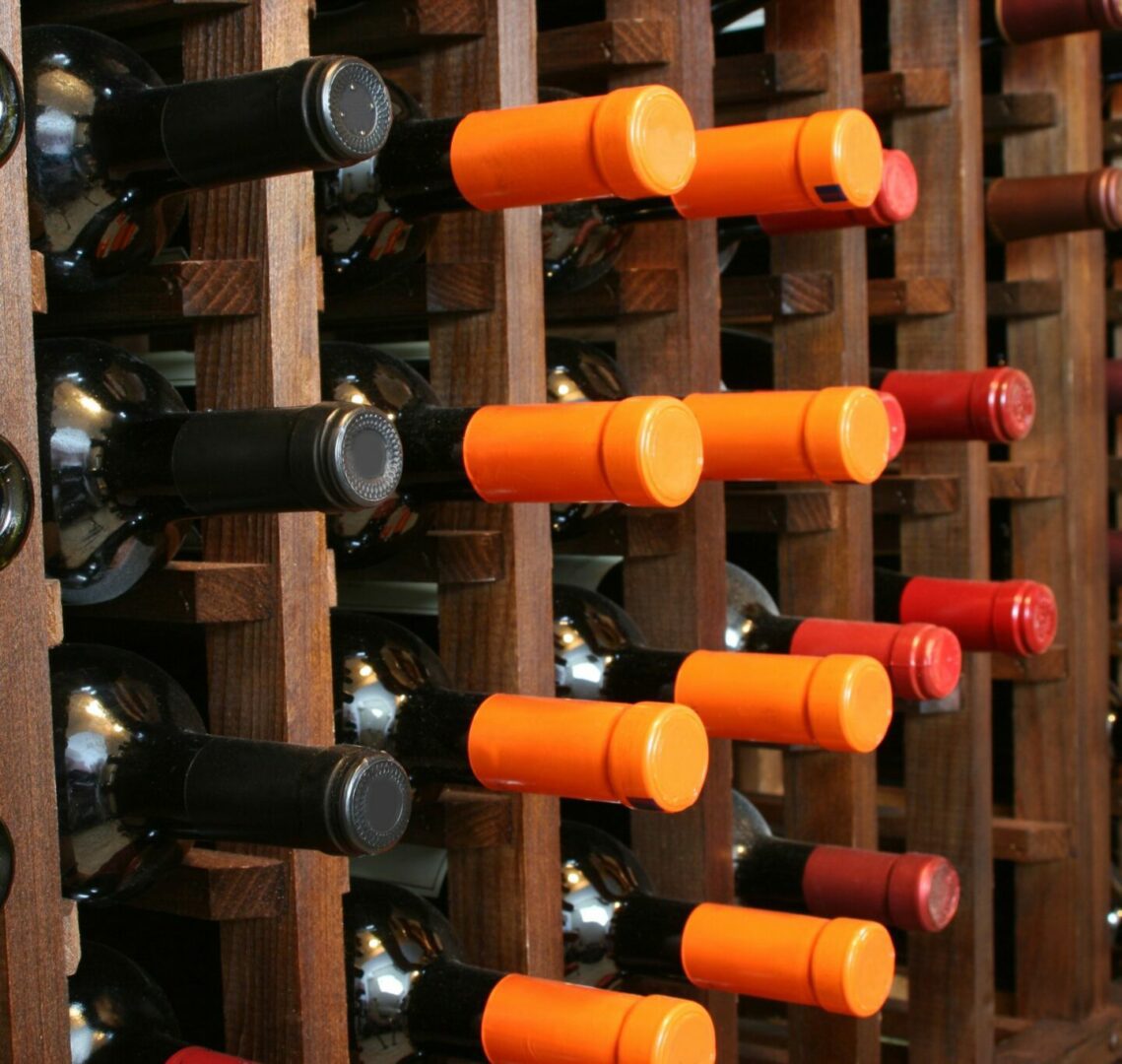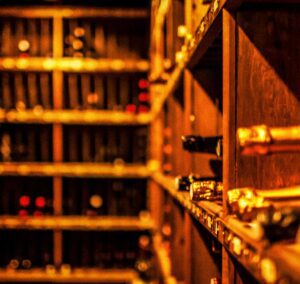Assessing Your Basement Space: Is It Suitable for a Wine Cellar?
When considering the suitability of your basement space for a wine cellar, there are a few key factors to assess. First and foremost, evaluate the overall size and layout of your basement. Is it spacious enough to accommodate the desired number of wine racks and storage units? Take into account not only the floor space but also the height of the ceiling, as taller ceilings can offer more flexibility for vertical storage.
Another vital aspect to consider is the temperature and humidity levels in your basement. Wine requires a cool and consistent environment to properly age and maintain its quality. Ideally, the temperature should range between 45-65 degrees Fahrenheit, and the humidity should be around 50-70%. Assess whether your basement meets these requirements naturally or if adjustments, such as insulation or climate control systems, would be necessary. By thoroughly assessing the size, layout, temperature, and humidity conditions of your basement, you can determine whether it is suitable for a wine cellar.
Planning Your Wine Cellar: Considerations for Design and Layout
Designing and planning your wine cellar is an exciting process that requires careful consideration of several key factors. The design and layout of your cellar will not only impact the aesthetic appeal of the space but also play a crucial role in maintaining the ideal conditions for storing and aging your precious wine collection.
One of the first and most important considerations is the size and location of your cellar. The size should be determined based on the number of bottles you plan to store, as well as any additional space you may need for wine tasting or entertaining. Ideally, your cellar should be located in a cool, dark, and relatively dry area of your home, such as a basement or underground room, to provide natural insulation and minimize fluctuations in temperature and humidity.
Another important factor to consider is the layout of your wine racks and storage systems. You should carefully assess the available space and choose a layout that maximizes storage capacity while also allowing easy access to your bottles. Consider different types of wine racks, such as individual bottle racks, case storage, and display shelves, to accommodate various bottle sizes and provide visual interest to your cellar.
Balancing these factors can be challenging, but with some careful planning and consideration of your specific needs and preferences, you can create a wine cellar that is not only functional but also visually appealing. By taking the time to consider the design and layout of your cellar, you will ensure that your wine collection is stored and displayed in the best possible way, allowing you to fully enjoy the experience of collecting and savoring fine wines.
Insulation and Climate Control: Creating the Perfect Environment for Your Wines
Creating the perfect environment for your wine cellar is crucial for maintaining the quality and taste of your precious wine collection. Insulation and climate control are key factors that can greatly impact the overall condition of your wines. Without adequate insulation, your cellar may be susceptible to temperature fluctuations and unwanted air infiltration, which can lead to spoilage and damage to your wines.
Similarly, proper climate control is essential for maintaining the ideal temperature and humidity levels that are necessary for aging and preserving your wines. Insulation plays a vital role in regulating the temperature inside your cellar. The type and quality of insulation you choose will directly affect the stability of the temperature within your wine cellar. By using materials such as rigid foam or spray foam insulation, you can effectively minimize heat transfer between the outside environment and your cellar, creating a more consistent and controlled climate. You also want to use insulation that’s at least R-19 and no higher than R-30 for your newly converted basement wine cellar.
Lighting and Ambiance: Enhancing the Aesthetic Appeal of Your Wine Cellar
The lighting and ambiance of your wine cellar play a crucial role in enhancing the overall aesthetic appeal of the space. Creating the right atmosphere can make a significant difference in your wine-tasting experience. When it comes to lighting, there are several factors to consider.
Firstly, you need to determine the level of brightness that suits your preference. Soft, warm lighting can create a cozy and inviting atmosphere, while brighter lighting can showcase the beauty of your wine collection.
Secondly, you have to choose between different lighting options, such as recessed lights, track lights, or wall sconces. Each option offers its own unique charm and can accentuate different aspects of your cellar.
Lastly, don’t forget to consider the color temperature of the lights. Warmer tones, similar to candlelight, can create a more intimate ambiance, while cooler tones can give a modern and elegant touch to the space.
In addition to lighting, other factors contribute to the overall ambiance of your wine cellar. Your choice of flooring, for example, plays a significant role. Opting for materials like cork or engineered wood can absorb sound and create a quieter and more serene environment. Additionally, the use of natural materials like stone or brick can add a rustic and timeless charm to the space. It’s essential to consider the overall theme or style you want to achieve and select elements that complement each other.
Flooring Options: Finding the Ideal Surface for Your Wine Tasting Experience
When it comes to designing your wine cellar, one important consideration is the flooring options. The ideal surface for your wine-tasting experience should not only be visually appealing but also functional and practical. There are several factors to consider when choosing the right flooring for your wine cellar.
First and foremost, you need to think about durability. The flooring should be able to withstand heavy foot traffic and the weight of your wine collection without getting damaged. As wine cellars are often located in basements or below ground level, moisture resistance is another crucial factor.
You want a flooring material that is resistant to moisture and will not warp or get damaged in humid conditions. In addition, slip resistance is important to ensure safety while navigating the cellar. You don’t want any accidents or spills that could ruin your precious bottles of wine. There are various flooring options available for wine cellars, each with its own pros and cons.
From the timeless elegance of stone tiles to the warmth of hardwood and even the practicality of epoxy coatings, it’s important to weigh the tradeoffs and consider what works best for your specific needs. By taking into account factors like durability, moisture resistance, slip resistance, and aesthetics, you can find the ideal flooring surface that will enhance your wine-tasting experience and showcase your collection in the best possible way.
Wine Cellar Cooling Systems: Exploring Different Options for Temperature Control
One of the most crucial aspects to consider when designing a wine cellar is the temperature control system. Maintaining a consistent and appropriate temperature is vital for aging and preserving wines effectively. When exploring different options for temperature control, there are several key factors to consider.
Firstly, you need to assess the size of your wine cellar and the number of bottles you intend to store. This will help determine the cooling capacity required for your space. It is essential to choose a cooling system that can adequately cool the entire cellar and maintain a consistent temperature throughout, especially in larger cellars.
Another factor to consider is the noise level of the cooling system. While it is important to prioritize the functionality of the system, especially in terms of temperature control, you also want to ensure that the noise generated by the system is minimal. This is especially important if you plan to use your wine cellar not only for storage but also as a tasting or entertaining area.
Ultimately, the choice of a cooling system depends on a variety of factors, including cellar size, budget, and personal preferences. Whether you opt for a self-contained through-the-wall system or a ducted split system, it is essential to find a solution that balances the functionality, noise level, and aesthetics of your wine cellar. By carefully considering these factors, you can create an environment that will preserve and age your wines to perfection.
Call DreamHome Today
Ready to turn your basement into the wine cellar of your dreams? Contact us today to schedule a consultation and start planning your custom wine cellar design. From assessing your space to selecting the perfect cooling system, our experts will guide you through every step of the process to ensure your wine collection is stored and showcased in style. Cheers to creating the ultimate wine-tasting oasis in your own home!


